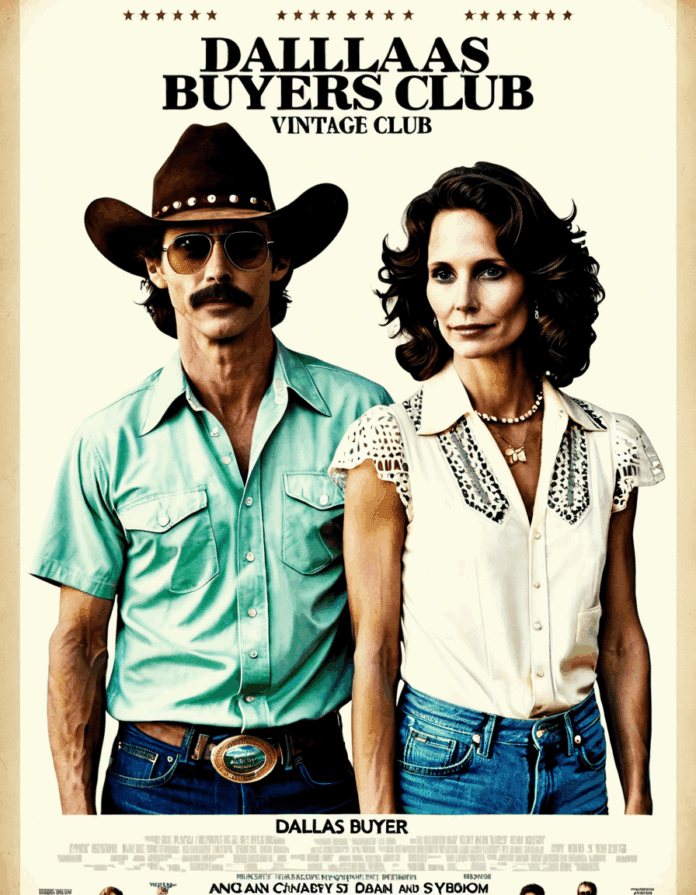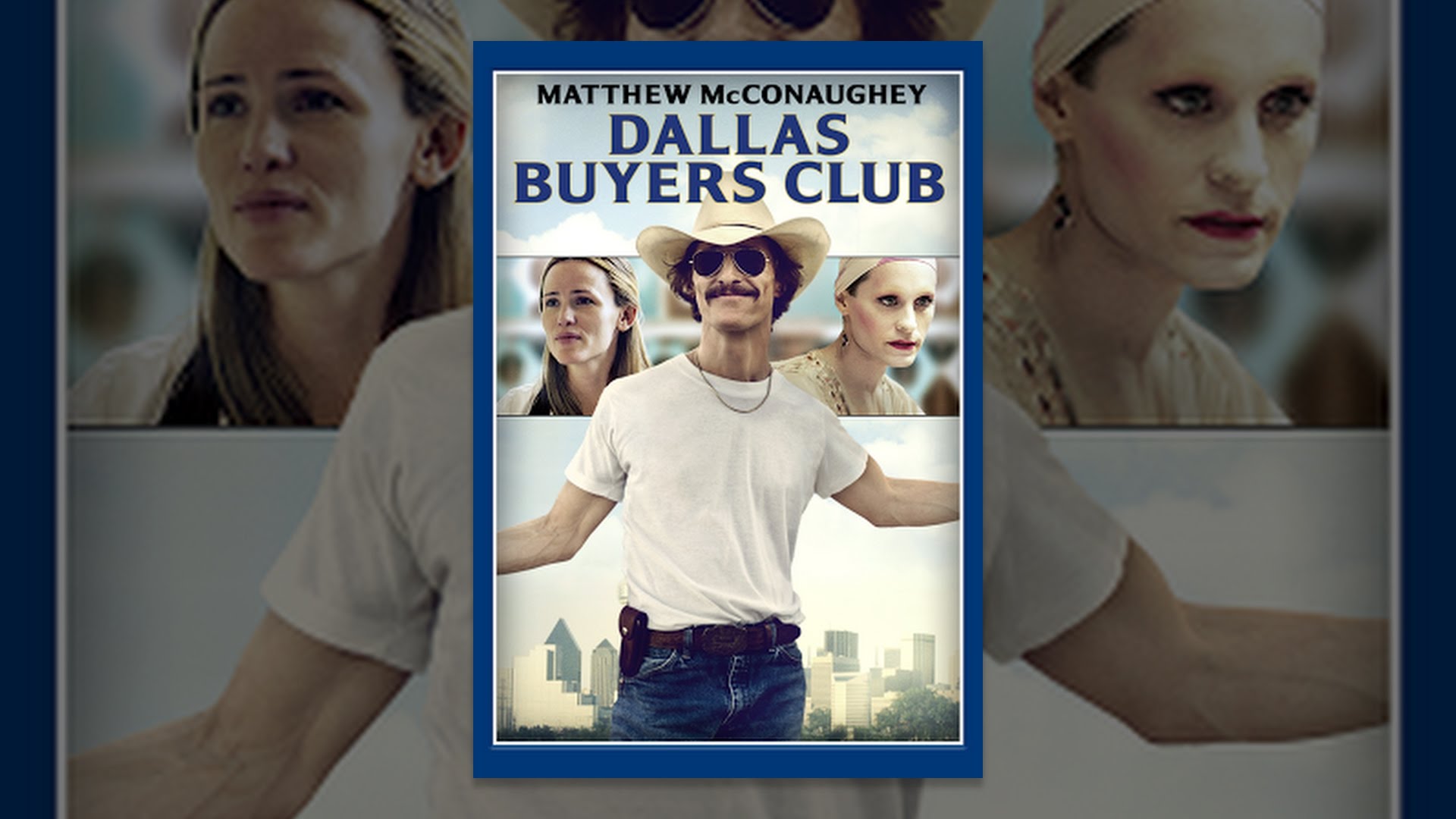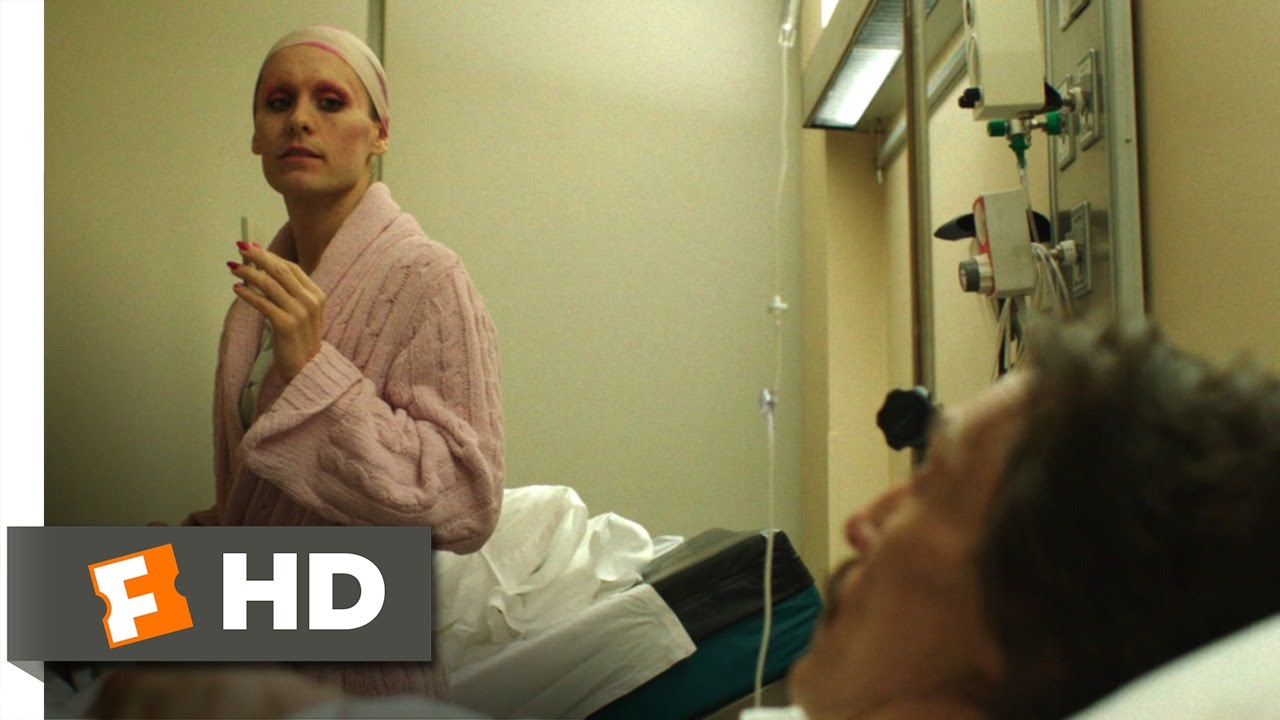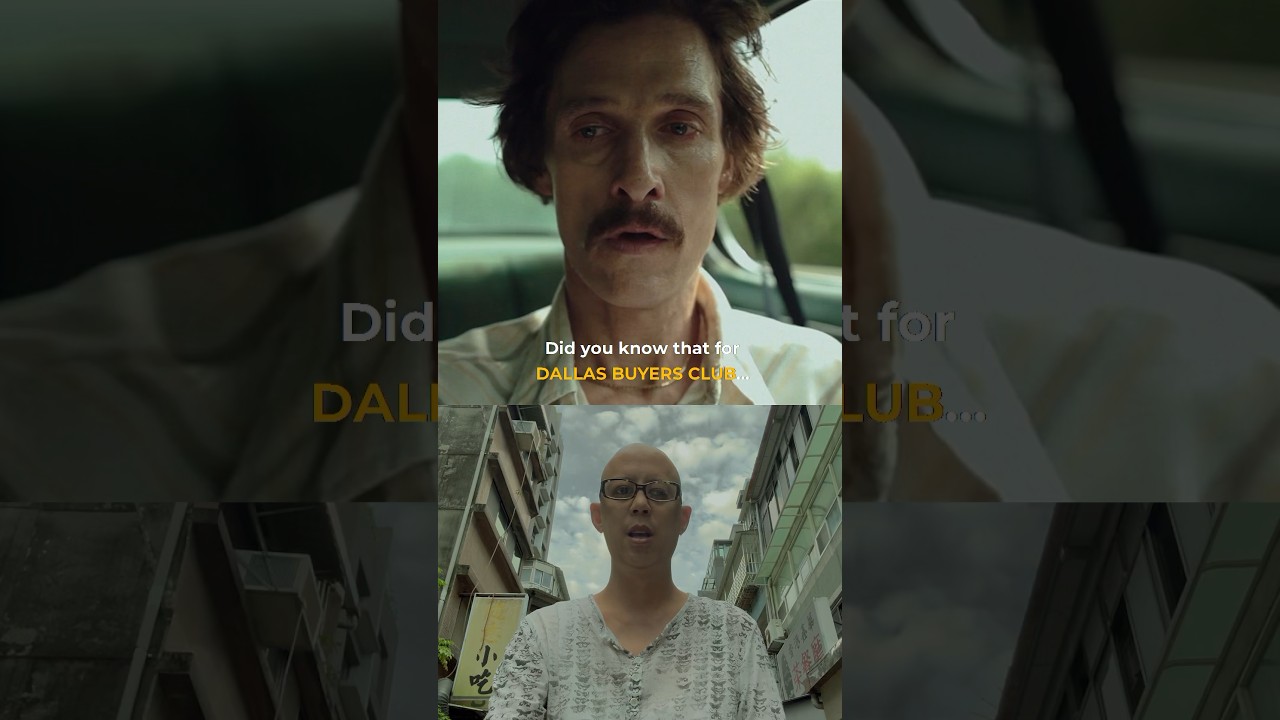In an era where health care and personal empowerment intersect like never before, Dallas Buyers Club shines brightly as a symbol of resilience and courage. This gripping biographical drama, inspired by the true story of Ron Woodroof, dives deep into his fight against the AIDS crisis while also tackling the broader issues of patient rights and access to life-saving treatments. So, buckle up as we take a closer look at the extraordinary real-life tale behind Dallas Buyers Club and the lessons we can draw from it.
7 Impactful Lessons from Dallas Buyers Club
The film has transcended the big screen, offering lessons that resonate far beyond its narrative. Let’s explore the remarkable insights the story of Ron Woodroof provides:
Ron Woodroof, portrayed by Matthew McConaughey, exemplifies the power of advocating for your health. After being diagnosed with AIDS and given only 30 days to live, Woodroof didn’t just accept his fate. Instead, he navigated the maddening pharmaceutical landscape, proving that individual efforts can challenge systemic barriers in health care.
Woodroof’s collaboration with fellow AIDS patients, notably Rayon (Jared Leto), underscores the strength found in solidarity. They created the Dallas Buyers Club, a safe haven where people could come together to share resources and information. This bond of community not only fostered resilience but also ignited a larger conversation about the importance of support during tough times.
The film throws light on challenging healthcare regulations that often hinder access to essential treatments. Woodroof’s turbulent journey serves as a call for transparent health policies that prioritize patients over profit margins. It’s a reality check that resonates today, challenging us to reevaluate how we view health care and the hurdles many face.
While Dallas Buyers Club highlights medical facts, it also opens the door to discussing alternative treatments. Woodroof’s relentless pursuit of non-FDA approved medications led him to explore various therapeutic options. This pursuit compels us to consider the importance of medical experimentation and patient choices in a world that can sometimes seem too regimented.
The film vividly portrays the struggles faced by individuals living with AIDS but emphasizes that these personal stories matter. These narratives humanize the crisis, urging the audience to reconsider their perceptions and biases. After all, no one is just a statistic; every number has a name, a story, and a reason to be heard.
Dallas Buyers Club critically explores the LGBTQ+ experience during the AIDS epidemic, amplifying diverse voices and raising awareness about marginalized communities. This portrayal is essential, fostering greater dialogues around representation and the responsibilities of filmmakers to tell authentic stories.
The movie also highlights the staggering financial strain that accompanies medical conditions. The Dallas Buyers Club arose as a direct response to the outrageous prices of drugs, similar to how Black Hawk Down depicted the costs of war. This lingering issue demands our attention as we grapple with ongoing conversations about healthcare affordability today.
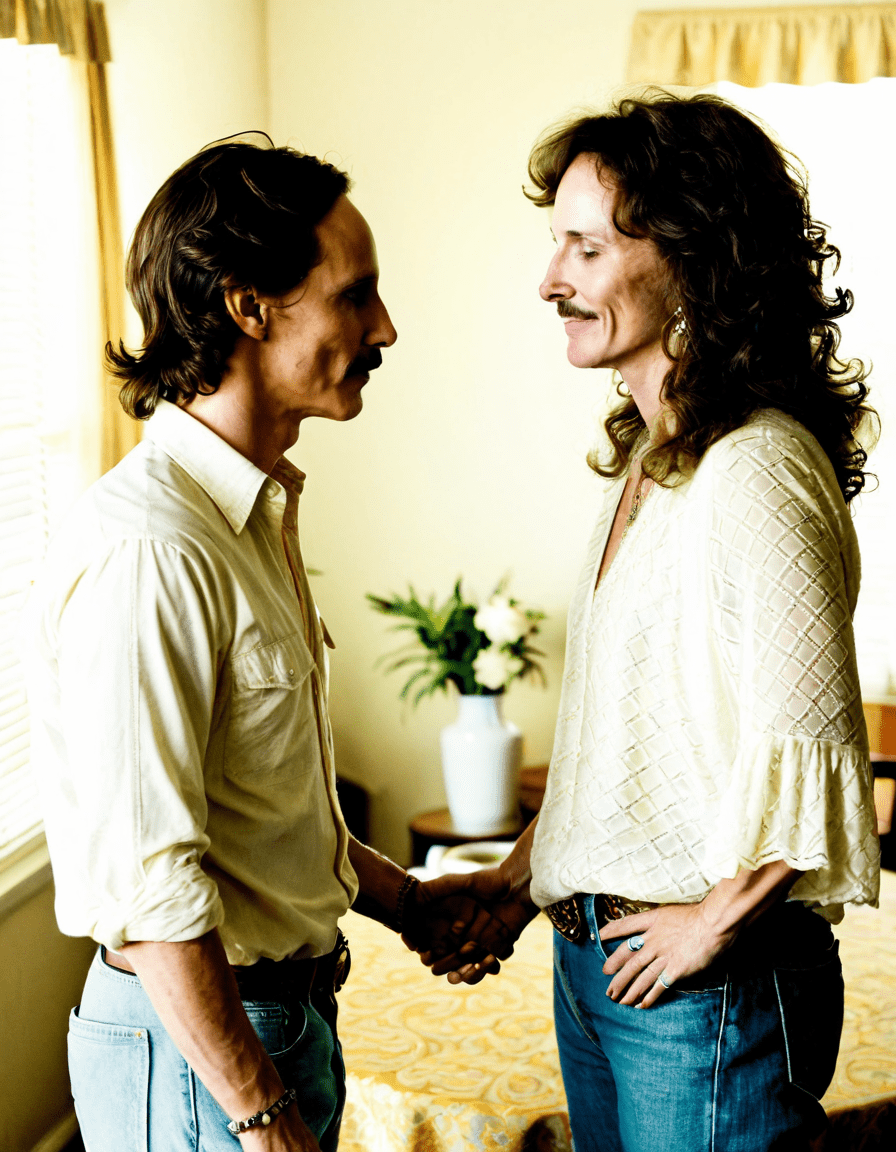
The Legacy of Jazz Charton: A Role Model for Advocacy
Jazz Charton, a close ally of Ron Woodroof, played a pivotal role in shaping the mission of the Dallas Buyers Club. Her fierce commitment to AIDS awareness and LGBTQ+ rights during the crisis mirrors the tenacity showcased by characters in films like Fast Times at Ridgemont High. Charton’s dedication serves as a powerful reminder that individuals can genuinely influence change amid adversity.
Recognizing champions like Charton enriches our understanding of the film’s narrative. Her relentless spirit is a testament to the kind of grassroots activism that fuels movements, encouraging others to stand up and fight for what’s right.
The Cinematic Impact: Reflecting on Hollywood’s Responsibility
Films like Dallas Buyers Club significantly shape societal attitudes toward crucial issues. Its storytelling effectiveness is reminiscent of the comedic approaches found in Talladega Nights, where serious topics are wrapped in humor. This method allows important conversations to flourish and reach a broader audience.
B&B Theaters often serve as community hubs for open discussions about movies. Much like Dallas Buyers Club, these shared experiences highlight the importance of cinema in sparking dialogue around public health and social issues. Each film can uplift or undermine essential narratives, further illustrating Hollywood’s responsibility to tell stories that matter.
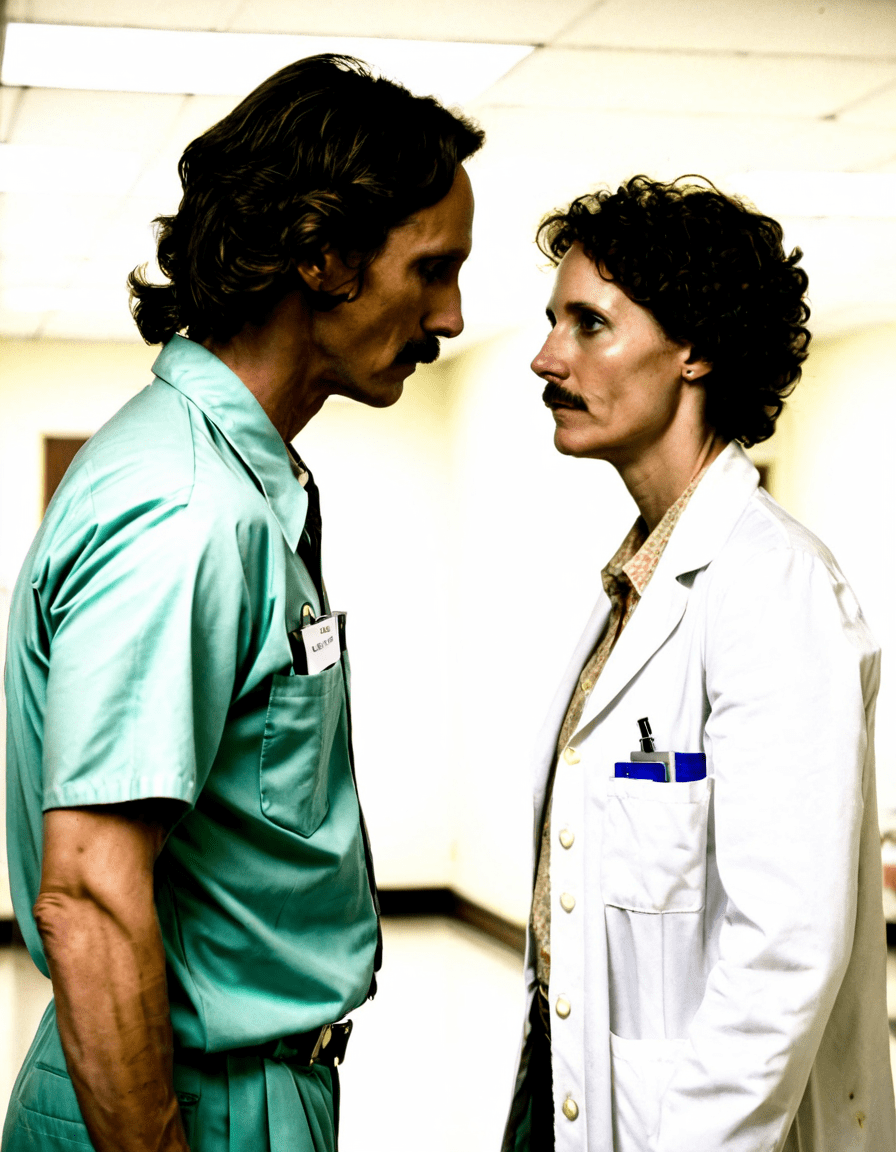
Innovation for Continued Advocacy
Dallas Buyers Club serves as a vital reminder that the quest for healthcare equality is an ongoing battle. Fast forward to 2026, and the echoes of Woodroof’s story continue to inspire modern movements pushing for affordable medications globally. As organizations advocating for patient rights gain momentum, it’s clear that the fight initiated by pioneers like Woodroof and Jazz Charton carries on.
This film not only presents a poignant narrative but invites us to engage critically with healthcare systems. If we’ve learned anything from the past, it’s that advocacy, understanding, and community support can truly transform lives. So, let’s carry forward the lessons of Dallas Buyers Club—not just for ourselves but for those still facing hardship in silence.
In conclusion, Dallas Buyers Club serves as a cornerstone in the narrative of healthcare advocacy and personal empowerment. It reminds us that we are all capable of making a difference, no matter the odds. Now, let’s embrace that spirit, challenge the status quo, and fight for a world where everyone has equal access to healthcare. After all, the story is far from over!
Remarkable Trivia About ‘Dallas Buyers Club’
The Real Deal Behind the Film
The Dallas Buyers Club isn’t just a poignant film; it’s rooted in a compelling true story that emerged during the height of the AIDS crisis in the 1980s. The protagonist, Ron Woodroof, played by Matthew McConaughey, was a real-life figure whose determination to help himself and others led to a massive underground network for obtaining life-saving treatment. Interestingly, this kinda resilience resonates with the themes in My Cousin Vinny, where an underdog fights against the odds. If you’re interested in the cast of that movie, the mix of quirky characters adds a delightful layer to its story.
A Little Hollywood Connection
One fascinating tidbit is that McConaughey’s transformation for his role involved losing a significant amount of weight, which he captured beautifully, reflecting Woodroof’s own physical struggles. After filming, he could have joined in the fun of other projects like Jurassic World 2, but he choose to focus on portraying depth and authenticity. Meanwhile, Jared Leto, who played Ron’s partner, also earned accolades for his performance, showcasing another side of the connection between personal battles and fame, similar to stories unfolding in Hollywood and beyond, like that of Ruby Freeman, who has recently made headlines for her own real-life saga.
Eye-Opening Impact and Personal Connections
On a broader note, the impact of the Dallas Buyers Club stretched beyond its box office success. The film sparked dialogues about the treatment of AIDS and the healthcare system, prompting people to reconsider how they view medical access. It’s surprising to see how films can alter perspectives, akin to horror classics like A Nightmare on Elm street, which shook up the horror genre while also revealing societal fears. In addition, the emotional depth displayed in Dallas Buyers Club can remind one of heartfelt narratives we see in True Beauty, where individuals confront their vulnerabilities, making us think about the essence of humanity.
In conclusion, while the Dallas Buyers Club is primarily a dramatization of Ron Woodroof’s fight for justice, its significance echoes through various aspects of culture, from films that entertain and inspire to true stories that challenge us. Just like Rex Linn’s array of roles in movies and TV shows, the influence of this film can be seen across a multitude of narratives that shape our understanding of life’s most pressing issues.
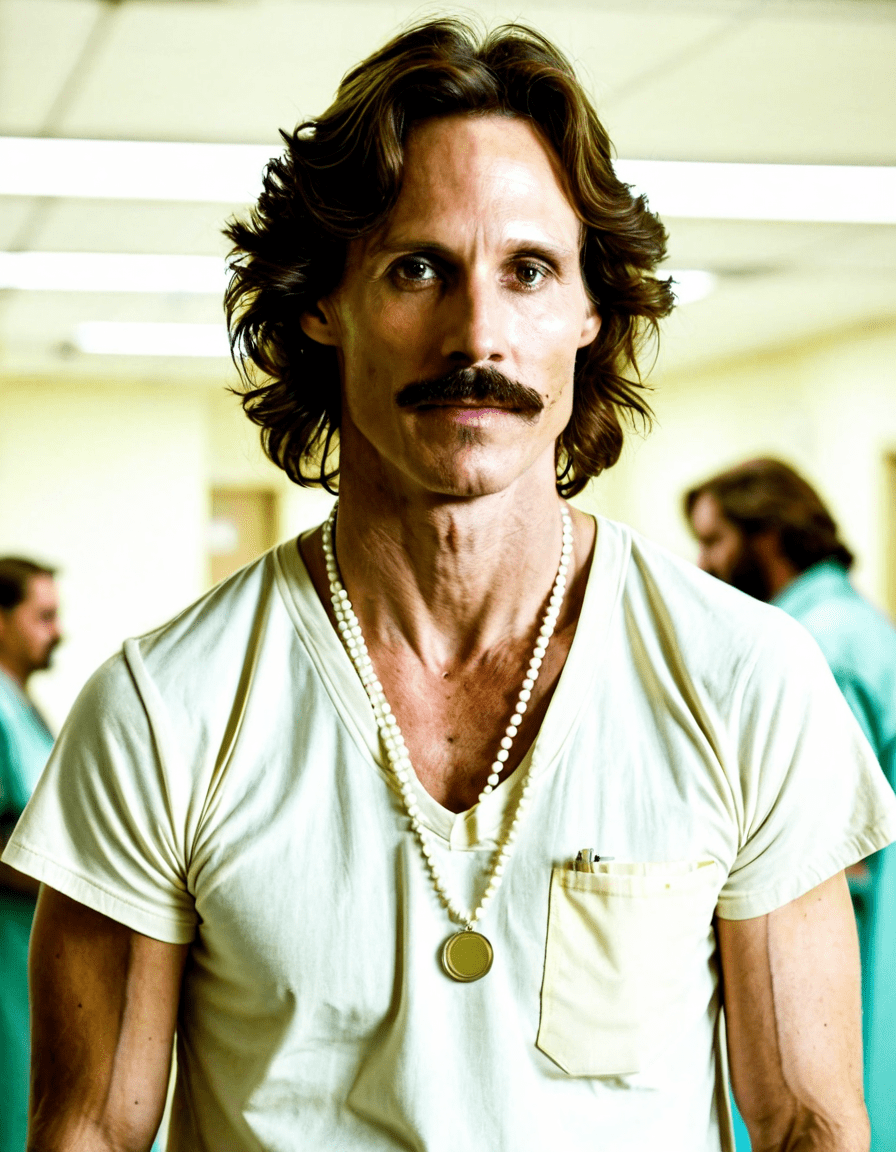
How much of Dallas Buyers Club was true?
About 70% of Dallas Buyers Club is based on true events, focusing on Ron Woodroof’s struggles and the people he helped during the AIDS crisis in the 1980s.
How did Matthew McConaughey lose all that weight for Dallas Buyers Club?
Matthew McConaughey lost weight for Dallas Buyers Club by following a strict diet that included eating very little and working out intensely, sometimes only having around 1,500 calories a day.
How many Oscars did Dallas Buyers Club get?
Dallas Buyers Club won three Oscars, including Best Actor for Matthew McConaughey and Best Supporting Actor for Jared Leto.
How much did Matthew McConaughey get for Dallas Buyers Club?
Matthew McConaughey reportedly earned between $200,000 and $300,000 for his role in Dallas Buyers Club, which was a fairly modest paycheck for his talent.
Was Rayon a real person?
Yes, Rayon was based on a real person, a transgender woman named AIDS activist and friend of Ron Woodroof who helped to raise awareness about the disease.
How long did Ron Woodroof live after his diagnosis?
After his diagnosis, Ron Woodroof lived for about six years, fighting against the odds and working for access to treatment options.
Did Mathew McConaughey win anything for Dallas Buyers Club?
Matthew McConaughey won the Academy Award for Best Actor for his role in Dallas Buyers Club, receiving high praise for his performance.
How did Jared Leto lose weight for Dallas Buyers Club?
Jared Leto lost weight for Dallas Buyers Club by using a drastic diet, similar to McConaughey’s, which led him to drop around 30 pounds.
What is Matthew McConaughey’s workout?
Matthew McConaughey’s workout routine is a mix of weight training, cardio, and yoga, aimed at blending strength with flexibility.
Has any actor ever sold their Oscar?
Yes, some actors have sold their Oscars over the years, often due to financial struggles or personal choices.
Did Jared Leto win for Dallas Buyers Club?
Jared Leto won the Academy Award for Best Supporting Actor for his performance in Dallas Buyers Club, further cementing his reputation as a talented actor.
What actor holds the most Academy Awards?
The actor with the most Academy Awards is Walt Disney, who won a whopping 22 Oscars and received four honorary awards, totaling 26.
What did Matthew McConaughey say about his wealth?
Matthew McConaughey once remarked that he feels wealth isn’t just about money, but about having experiences and relationships that enrich your life.
How much does Jared Leto weigh in Dallas Buyers Club?
Jared Leto weighed around 114 pounds for his role in Dallas Buyers Club, transforming his physique to portray Rayon authentically.
What role did Matthew McConaughey turn down?
Matthew McConaughey turned down the lead role in the movie “The Wolf of Wall Street,” which eventually went to Leonardo DiCaprio.
How much weight did Jared Leto have to lose for Dallas Buyers Club?
Jared Leto lost about 30 pounds to play Rayon in Dallas Buyers Club, showcasing his dedication to the role.
Did Mathew McConaughey win anything for Dallas Buyers Club?
Matthew McConaughey indeed won the Oscar for Best Actor for his incredible portrayal in Dallas Buyers Club.
Who was the real man from the Dallas Buyers Club?
The real man from the Dallas Buyers Club was Ron Woodroof, who became an advocate for AIDS treatment and support for those living with the disease.
What happened to Matthew McConaughey in Dallas Buyers Club?
In Dallas Buyers Club, Matthew McConaughey’s character faced severe weight loss and health struggles, highlighting the fight against AIDS during that era.

